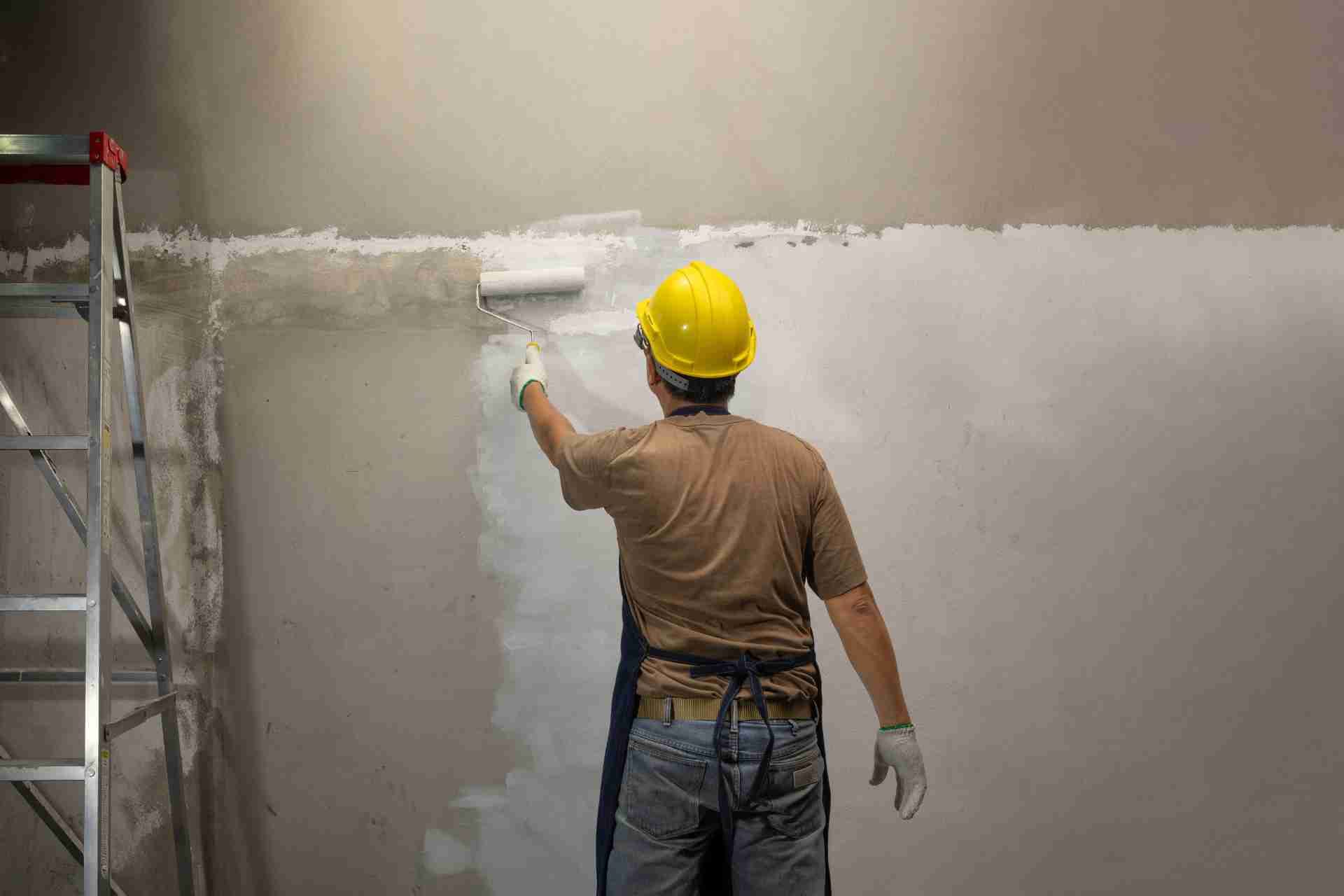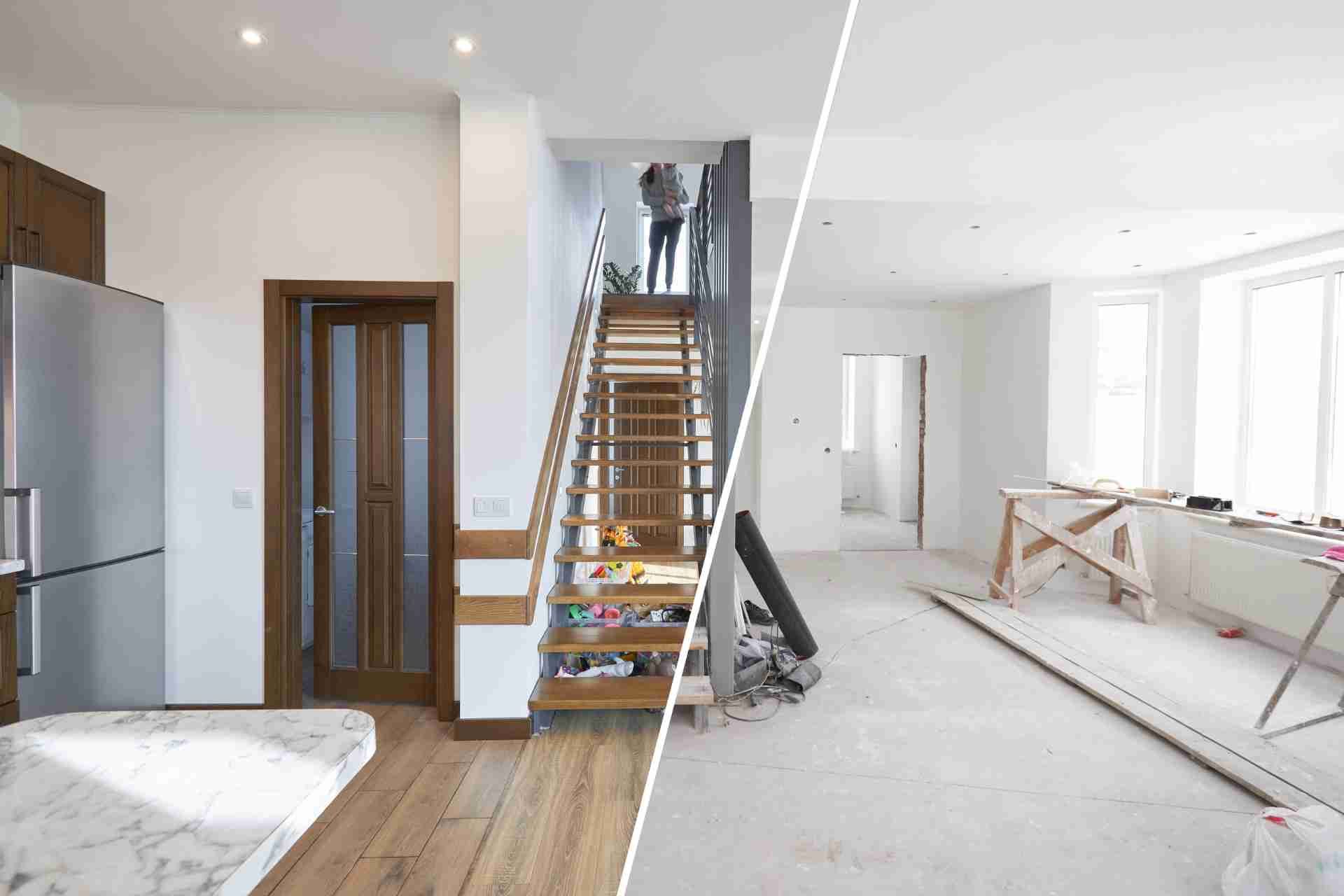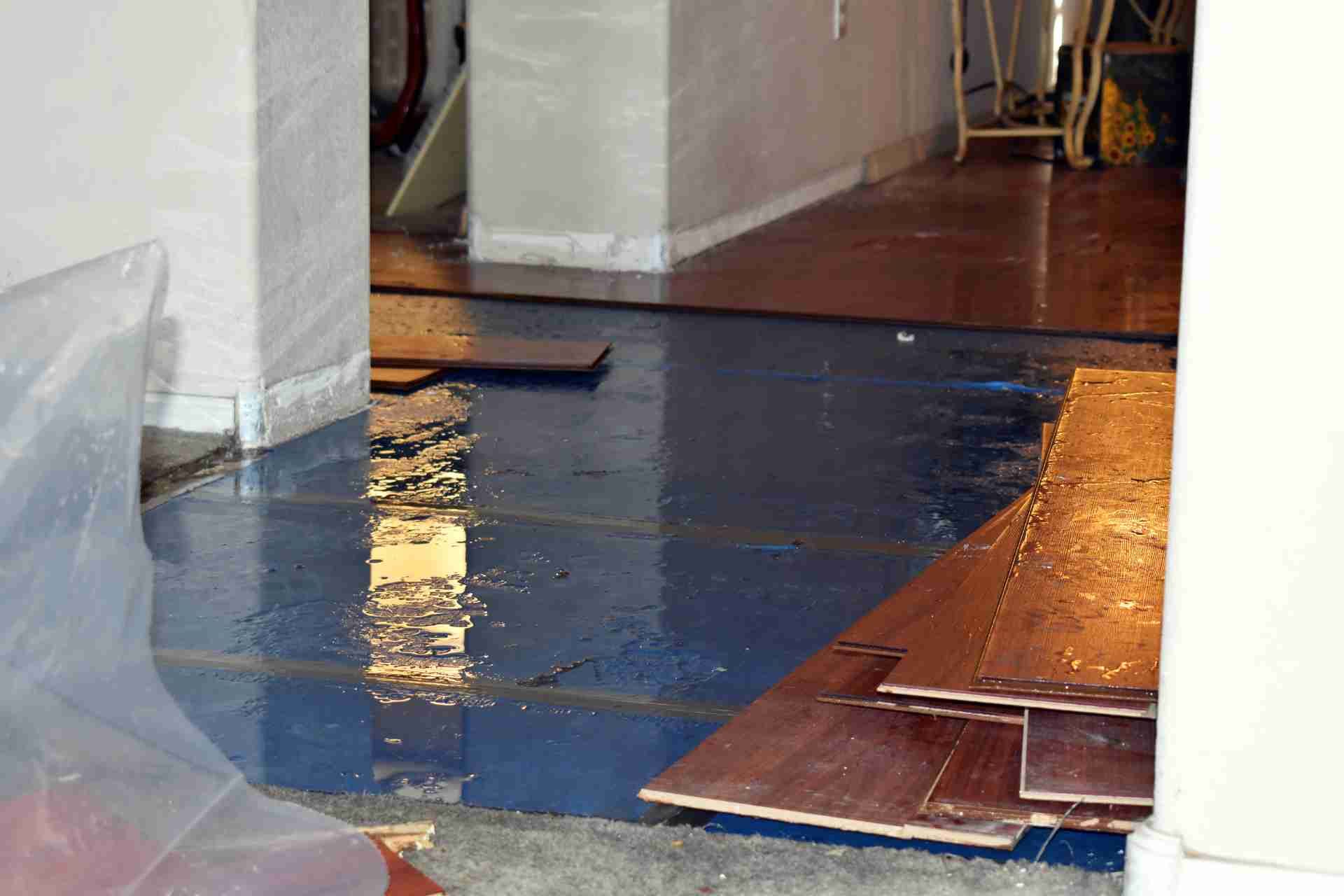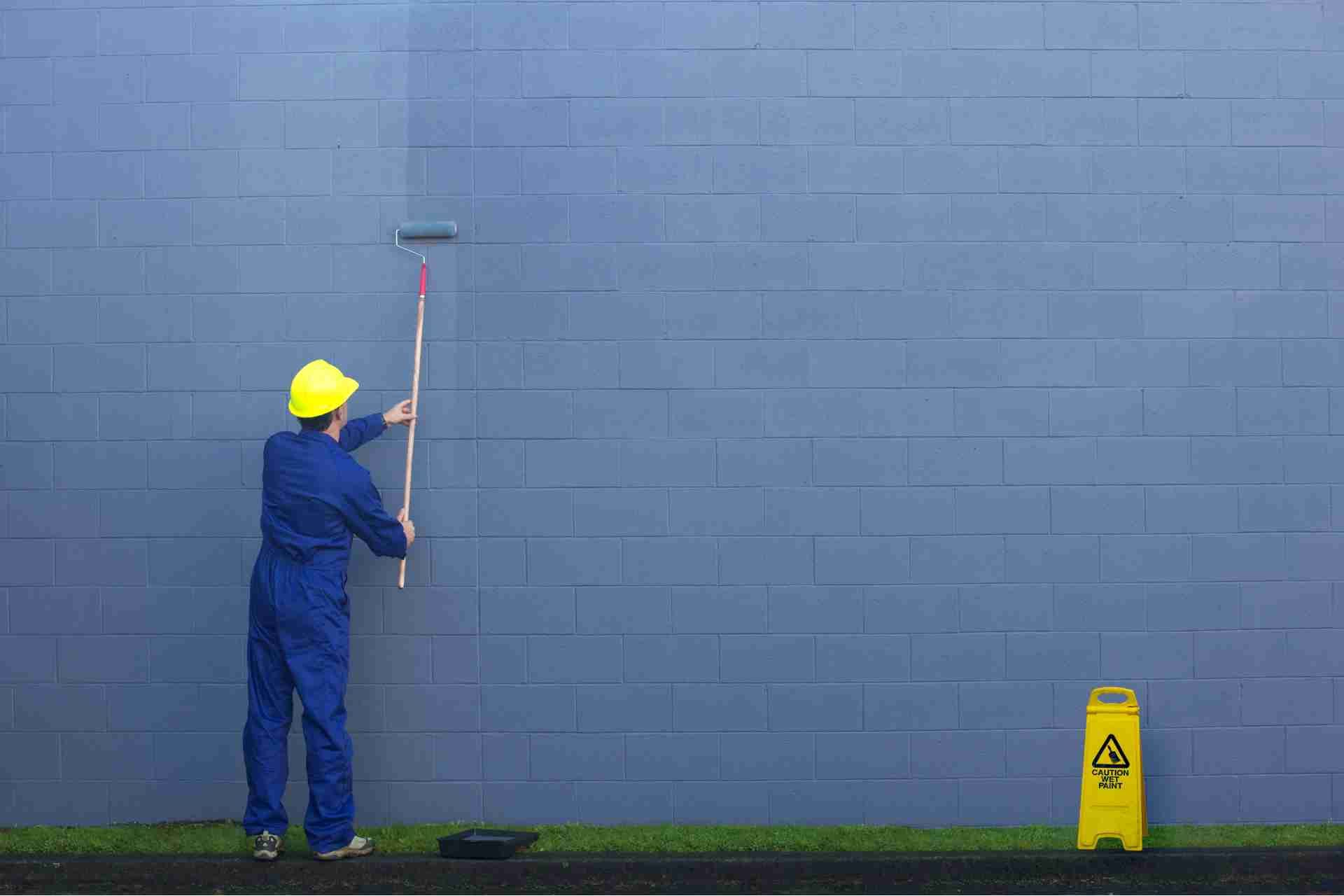Difference Between Commercial vs Residential Painting
Painting is an essential part of maintaining and beautifying both commercial and residential properties. However, there are distinct differences between commercial and residential painting that should be considered when planning a painting project. Understanding these differences can help property owners make informed decisions and choose the right painting contractor for their needs.
In this article, we will explore the key differences between commercial and residential painting, from the scale and scope of the project to the materials and techniques used, to help you make informed decisions when it comes to your next painting project.
Scope and Size
Commercial painting projects typically involve larger areas and are often more complex than residential painting projects. Commercial projects may include painting offices, retail spaces, warehouses, restaurants, and other commercial buildings, which require a higher level of expertise and skill.
Residential painting projects are typically smaller in scale and involve painting homes, apartments, or condominiums.
Materials Used
Commercial painting projects often require a different set of materials compared to residential projects. Commercial buildings may have different types of surfaces, such as metal, concrete, or stucco, which require specialized paint products. In contrast, residential painting projects usually involve painting interior and exterior walls made of drywall, wood, or siding.
Timeframe and Scheduling
Commercial painting projects often have stricter deadlines and scheduling requirements compared to residential projects. Commercial buildings are often in use during regular business hours, so painters may need to work during off-hours or weekends to minimize disruptions to tenants or customers.
Residential painting projects are typically more flexible in terms of scheduling, as homeowners can easily coordinate with painters to find a time that works best for them.
Safety Regulations
Commercial painting projects are subject to stricter safety regulations compared to residential projects. Commercial painters may need to adhere to OSHA regulations and other safety guidelines when working on commercial properties, especially when using scaffolding or working at heights.
Residential painting projects are usually less regulated in terms of safety, but good painters will still take necessary precautions to ensure a safe working environment.
Overall Goals
The overall goal of commercial painting projects is often to enhance the aesthetic appeal of a commercial property and create a professional image for the business. Commercial painting may also involve rebranding or updating the look of a building to attract customers or tenants.
Residential painting projects, on the other hand, are usually intended to improve the appearance of a home and create a comfortable living space for the homeowners.
Pine Tree Painting is an Expert in Both Commercial and Residential Painting
Pine Tree Painting is a trusted expert in both commercial and residential painting projects. With years of experience and a team of skilled professionals, we are committed to delivering high-quality results that exceed our clients' expectations.
Our commercial painting services include interior and exterior painting for offices, retail spaces, restaurants, and more. We understand the importance of creating a professional and inviting atmosphere for your business, and we work closely with our clients to bring their vision to life.
For residential painting projects, we offer a wide range of services including
interior and
exterior painting, wallpaper removal, and deck staining. Whether you're looking to update a single room or give your entire home a fresh new look, our team is here to help.
At Pine Tree Painting, we pride ourselves on our attention to detail, professionalism, and commitment to customer satisfaction.
Contact us today to learn more about our services and to schedule a consultation for your next painting project.










